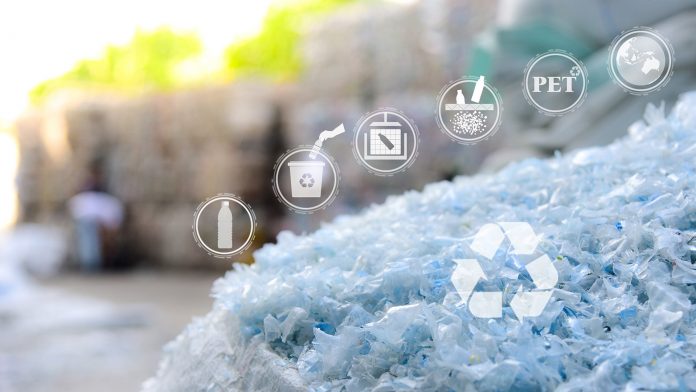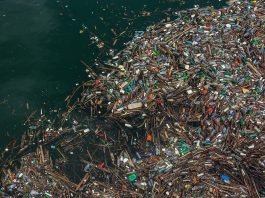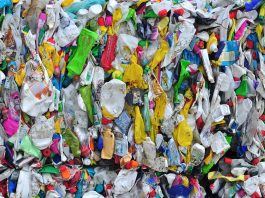A team led by the University of Liège has created a new method using CO2 to develop sustainable plastics.
The polyurethane production technique uses CO2 to create new types of easily recyclable plastics.
The solution, published in the paper ‘Capture or reuse CO2 as a chemical source for the production of sustainable plastics,’ is set to facilitate the development of fully sustainable plastics.
Commodity plastics are difficult to recycle
Commodity plastics are used in various industries, including construction, clothing, vehicles, and food packaging. Transforming our everyday lives, in 2019, it was estimated that their global use is around 460 million tons.
Christophe Detrembleur, chemist at the Center for Education and Research on Macromolecules (CERM) at the University of Liège, said: “This number is staggering, but not surprising, because plastics, also known as synthetic polymers, have met a large success thanks to their irreplaceable characteristics: they are light, cheap, and incredibly versatile.
“However, the fact that they are difficult to recycle, or even impossible to recycle in the case of thermosets, has serious consequences.”
Recycling them is challenging, resulting in the depletion of fossil resources used in manufacturing.
Because of this, sustainable plastics must be developed.
New technique for developing sustainable plastics
Researchers from the University of Liège, in collaboration with the University of Mons and the University of the Basque Country, developed a new technique for producing sustainable polyurethane plastics.
Thomas Habets, a doctoral student at CERM and first author of the article, said: “The special feature of this approach is the use of CO2 – a major emblematic waste of our society – as a raw material for the production of the building blocks, or monomers, needed to manufacture these new products.
“The structure of the monomers can be easily modified, making it possible to produce plastics with a wide range of properties, from highly malleable elastomers such as silicones to more rigid materials such as polystyrene.”
The plastics have chemical structures that resemble a three-dimensional network. This structure makes them more resistant than plastics made from long molecular chains.
These sustainable plastics have new dynamic chemical bonds that can be reshaped by exchanges of chemical bonds under mild reaction conditions.
What are the advantages of the new technology?
The advantage of the method is that it offers multiple ways of recycling materials at the end of life. As well as this, it can vary the range of properties accessible.
Habets said: “These new plastics can be recycled in multiple ways, either by simply reshaping them by heating them, or by mixing different types of plastic to create hybrid materials with new properties, or by breaking them down into their constituent monomers, which is ideal for eliminating additives such as dyes or recycling composites.”
Waste CO2 can be used to develop sustainable plastics
This study shows that waste CO2 can be used as a chemical resource.
Detrembleur concluded: “This is the first initial study using our new building blocks and plastics.
“But it is quite remarkable to see that our materials can already reach properties similar to those of some conventional petro-sourced plastics.”
The new technology can potentially develop sustainable plastics with a wide range of properties.









